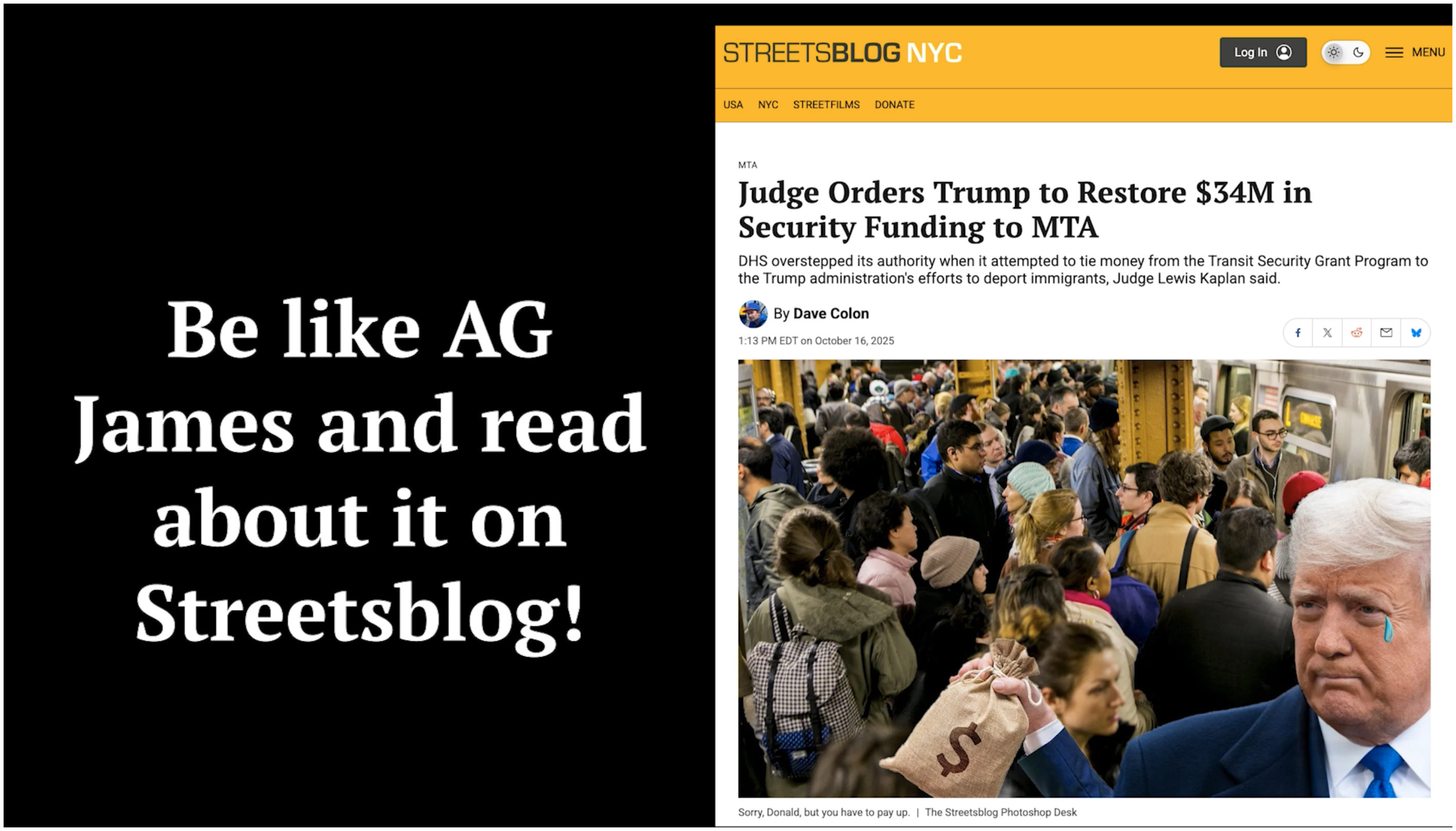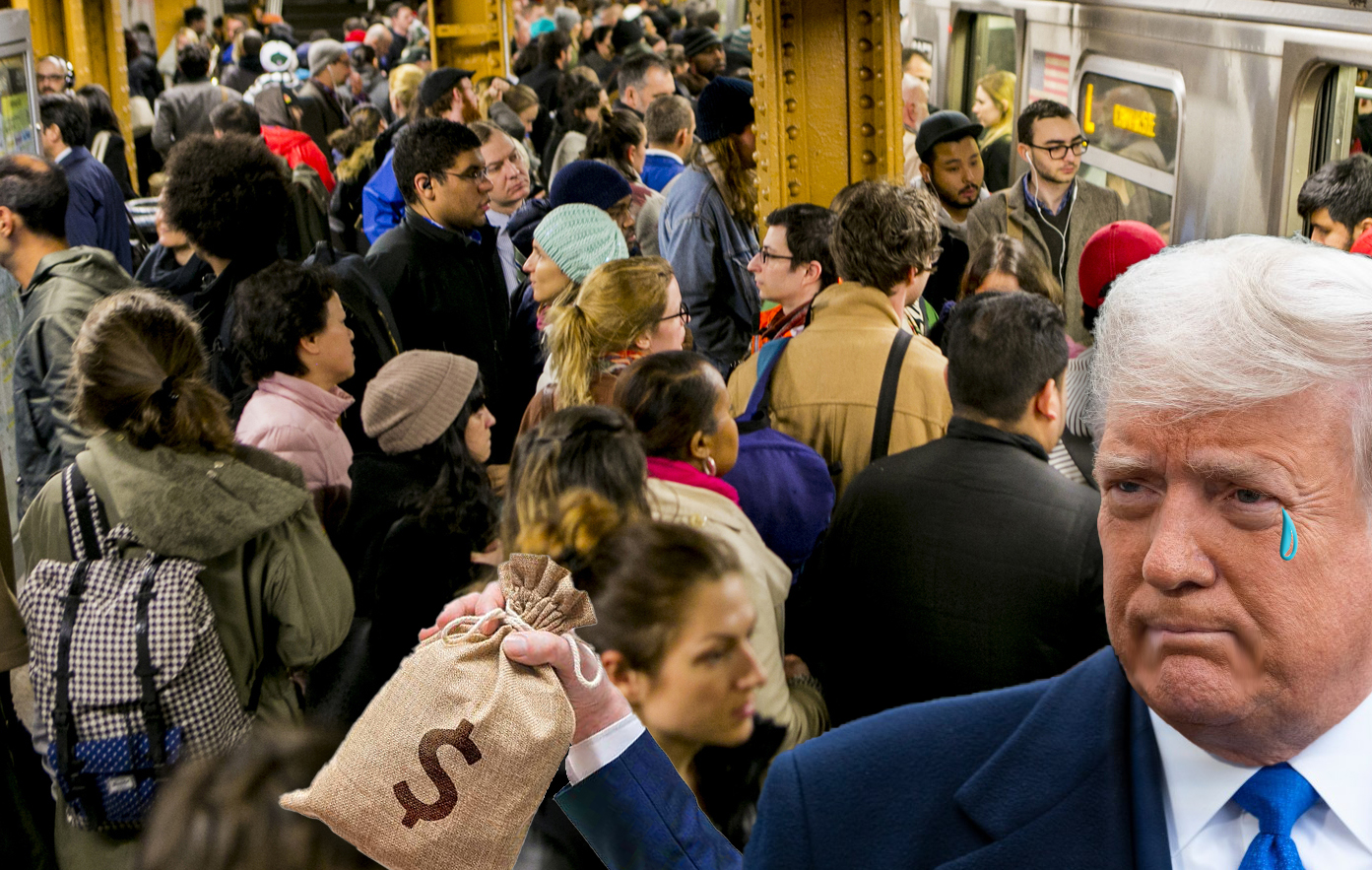The nation's largest metropolitan areas -- which account for 63 percent of the U.S. population and 73 percent of the gross domestic product (GDP) -- have received less than half of the surface transportation money allocated so far under the Obama administration's economic stimulus plan, according to a new report compiled for the U.S. Conference of Mayors.
 Manny Diaz, outgoing president of the U.S. Conference of Mayors. Photo: usmayors/Flickr
Manny Diaz, outgoing president of the U.S. Conference of Mayors. Photo: usmayors/FlickrThe transportation stimulus report was released over the weekend during the mayoral conference's annual meeting, which lost high-profile attendees to a firefighters' strike in the host city of Providence, Rhode Island.
Its data suggests that cities, while they remain economic engines and shoulder much of the environmental cost of congestion, are getting the short end of the stick from state DOTs that have control over a significant share of stimulus money.
The top 85 American metro areas have received $8.8 billion, or 48 percent, of the $18.6 billion in stimulus aid given to state DOTs by the Federal Highway Administration, according to the mayoral conference's report.
The report found several cities that generate a large amount of economic activity for their states getting a comparatively small share of transportation aid. Los Angeles, for example, contributes 39 percent of California's GDP but received 25 percent of its stimulus money. Indianapolis fared even worse, netting just four percent of Indiana's transportation stimulus money while generating 39 percent of the state's GDP.
Using congestion estimates from the Texas Transportation Institute's (TTI) most recent Urban Mobility study, the mayoral conference's report also found that urban areas have not received stimulus money to match their traffic burden.
New York City pays 9.4 percent of the nation's congestion costs, according to the TTI, but has received 3.6 percent of the nation's road-repair money. San Francisco's congestion costs are 3.1 percent of the national total, but its share of FHWA stimulus aid was 0.4 percent.
Whether road-repair money should be distributed primarily on the basis of economic production or congestion remains open to debate. However, the mayoral conference concluded simply that state DOTs "should take into account" the economic production of cities in order to maximize the impact of the stimulus' transportation dollars.
"To do so would prompt states and federal decision-makers to increase their funding commitments to the nation's metro economies, raising the productivity level of their investments," the report concluded.





